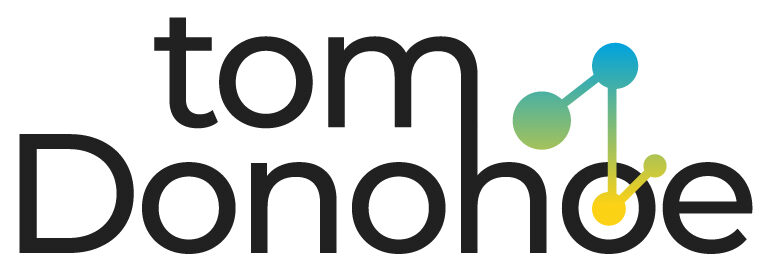How to Perform an SEO Audit

Have you any idea of how your website is performing? In the world of digital marketing, a solid understanding of SEO is becoming increasingly important. When working with companies, a reputable agency will focus on website optimization, along with other important tasks.
How can they tell if a website is optimized or not? Before you begin marketing a customer’s services, it is important to determine if they need SEO. If you don’t, customers will not see the value of your services.
Data is the foundation of every SEO strategy. All SEO strategies begin with an SEO audit. This blog will give you some tips on how to perform an SEO audit. Continue reading to learn more.
What is an SEO audit?
An SEO audit is the process of analyzing online resources in order to make sure that your website functions optimally when it comes to search engine results. It protects the site from spam and offers suggestions on how to improve its ranking. SEO audits are important for many reasons. Google’s algorithm is updated frequently to reflect the latest technologies and trends.
Every SEO expert should start by conducting a full SEO audit. You can evaluate your SEO efforts no matter how frequent or few they are and act immediately based on the insights you gain.
Crawling and Site Audits
A thorough web crawl is the key to a successful audit. You can then evaluate your website and identify potential issues. A crawl is a good way to establish a baseline for your audit.
Once a month, an automatic scan is recommended to track simple metrics such as bounce rate, page views, and conversions. It is enough to detect serious flaws such as broken pages, titles, meta-data, or duplicate content. You may want to contact an expert if you find any serious issues.
Page Speed
Page speed is a crucial factor to consider when performing an SEO audit. It’s important to measure your page loading time. In our age of short attention spans, a fast site will encourage a positive user experience. However, a slow site can lead to a higher bounce rate. If your website is your main conversion channel, this is unacceptable.
It is important to perform a speed test to determine which components of your site are preventing you from achieving the best search engine ranking. Once you know what areas need improvement, you can improve the performance of your website.
Site Architecture
A good website structure will also improve its SEO. A good website’s architecture will make it easier for both users and bots to use. For a website to be effective, it must have a comprehensive sitemap uploaded to the web admin tool profile that represents its clear, logical, and ordered structure.
A proper URL structure will also be required. Use simple, basic naming conventions and avoid symbols and numbers as much as possible.
Your Tags
Title tags should be short and descriptive, reflecting the website’s goal. Search engines will truncate longer titles. Include relevant keywords whenever possible. Meta-tags describe the content of a website.
If properly optimized, it can encourage a user to click on your listing within a SERP. Alt tags are text descriptions that accompany photos on a website. This allows bots to explore the site properly. If you give incorrect descriptions for the images on your website, it will have a negative impact on both your SEO and digital accessibility.
Your Backlinks
Search engines often base their evaluation of the value of your website to users on the quality of websites that link to it. Link farming was a method used in the past to boost SEO.
SEO techniques have evolved and algor,ithms are more complex. When it comes to backlinks, focus on quality rather than quantity. If a search engine believes that suspicious websites connect to you, this could hurt your website’s reputation.





